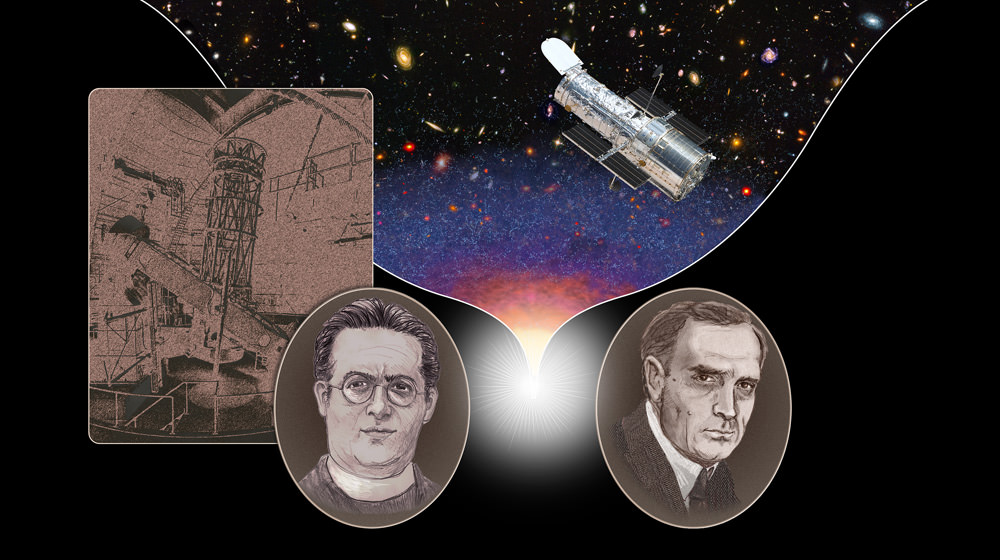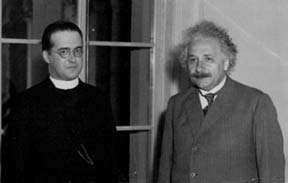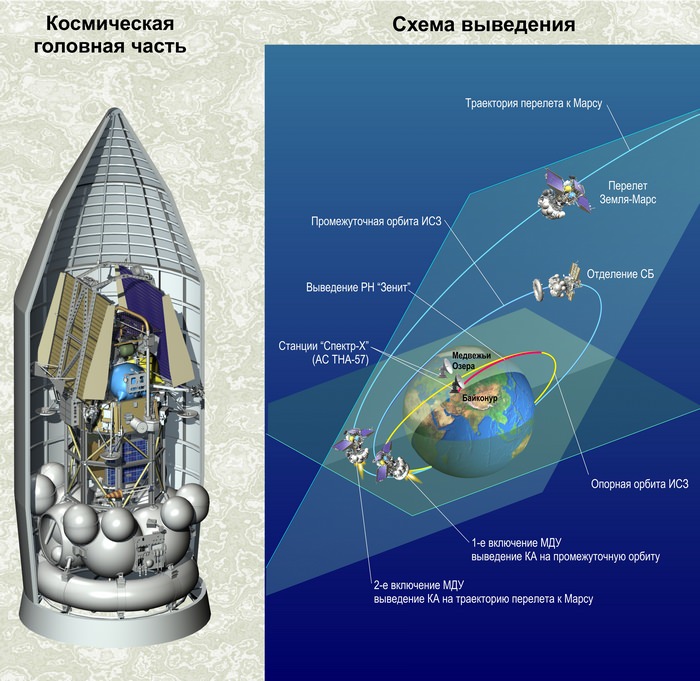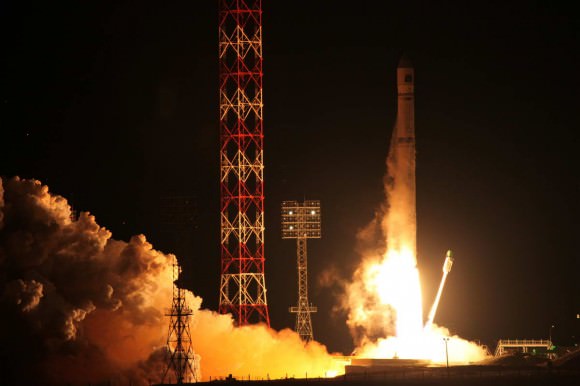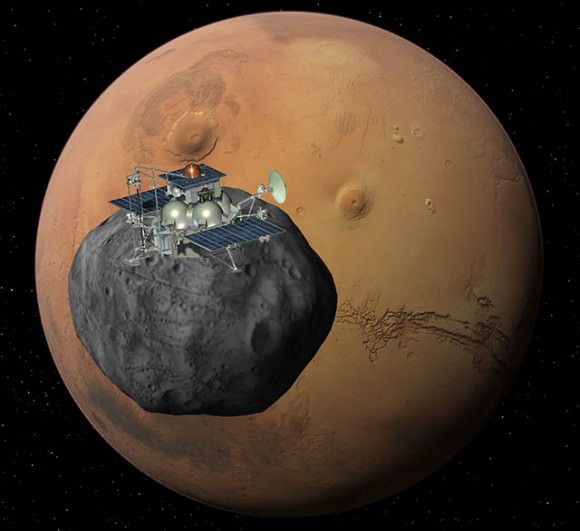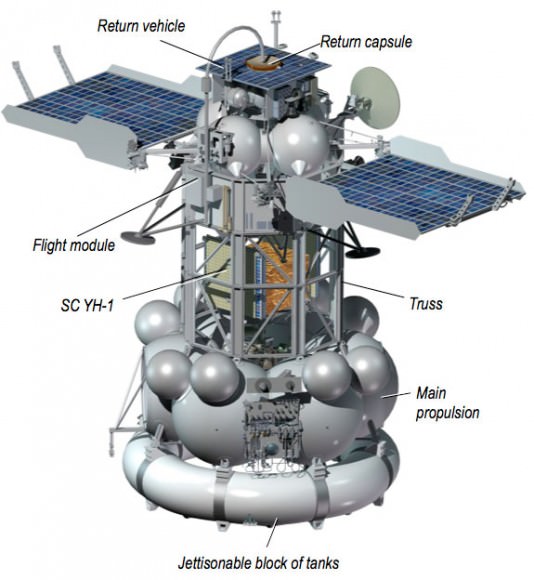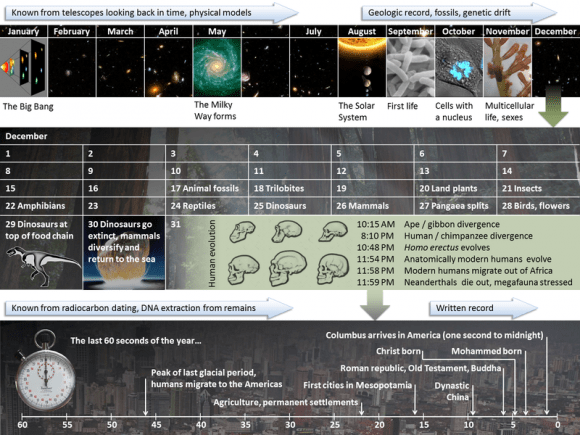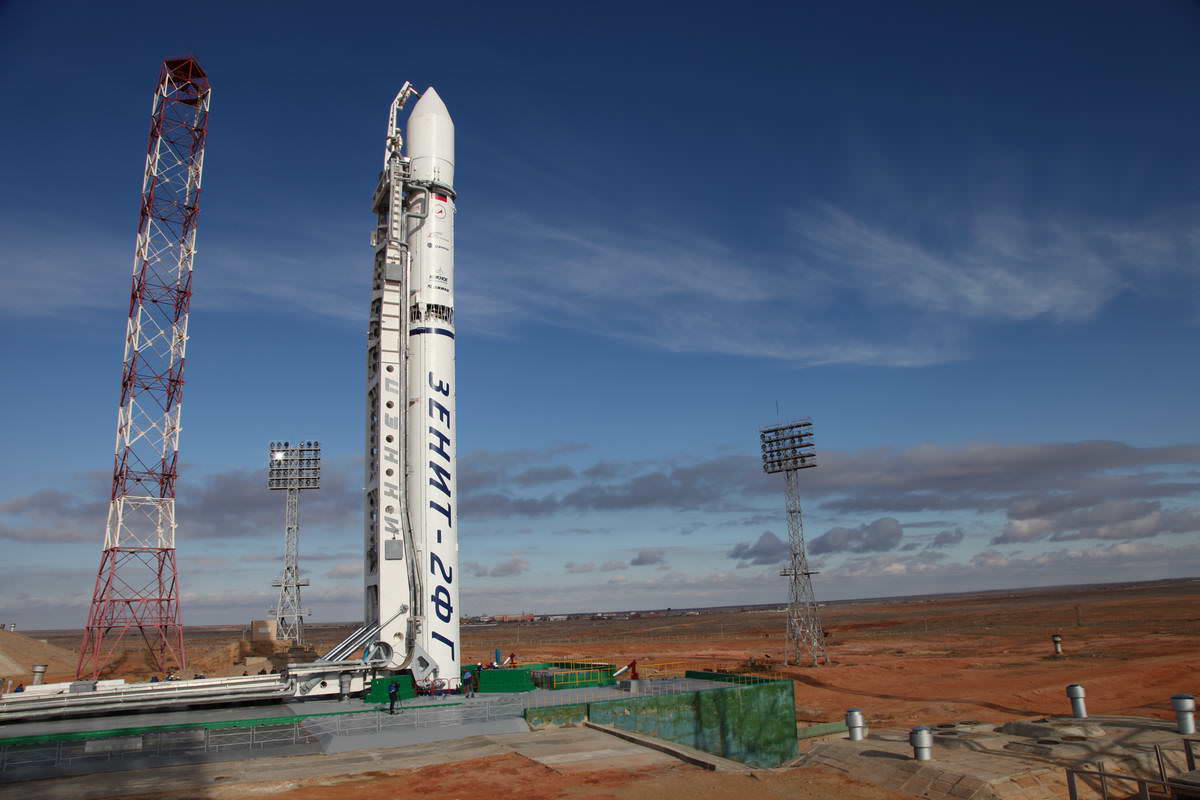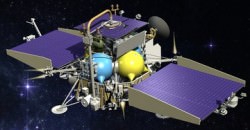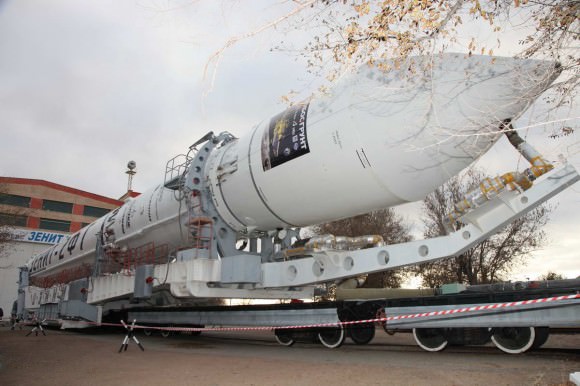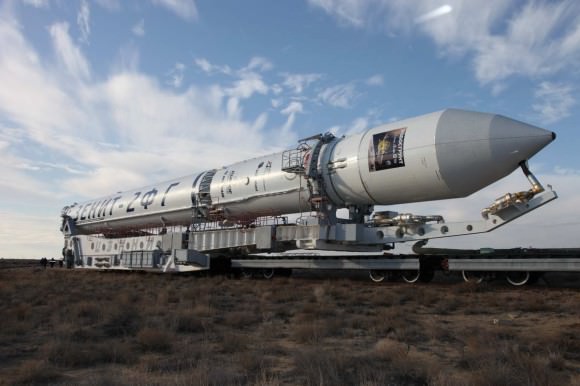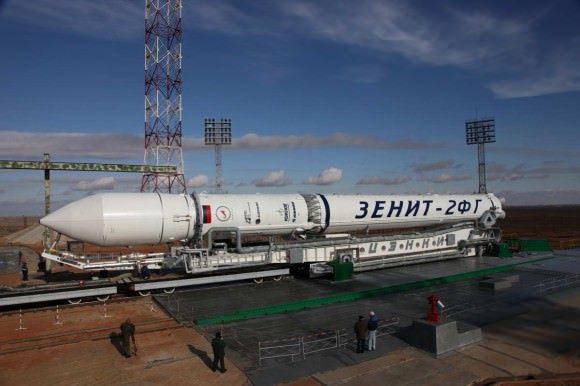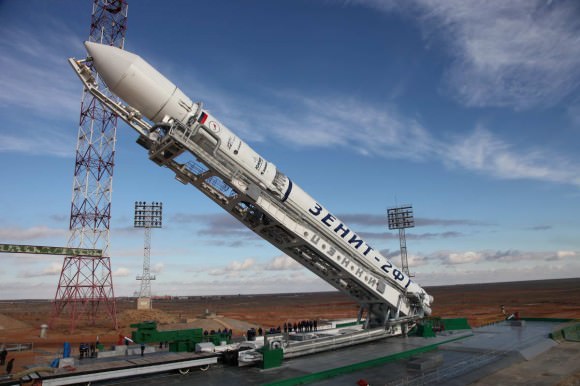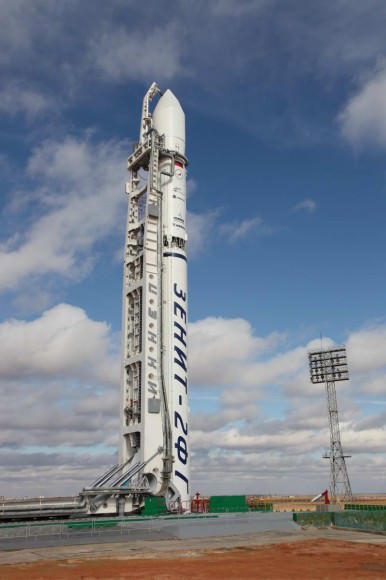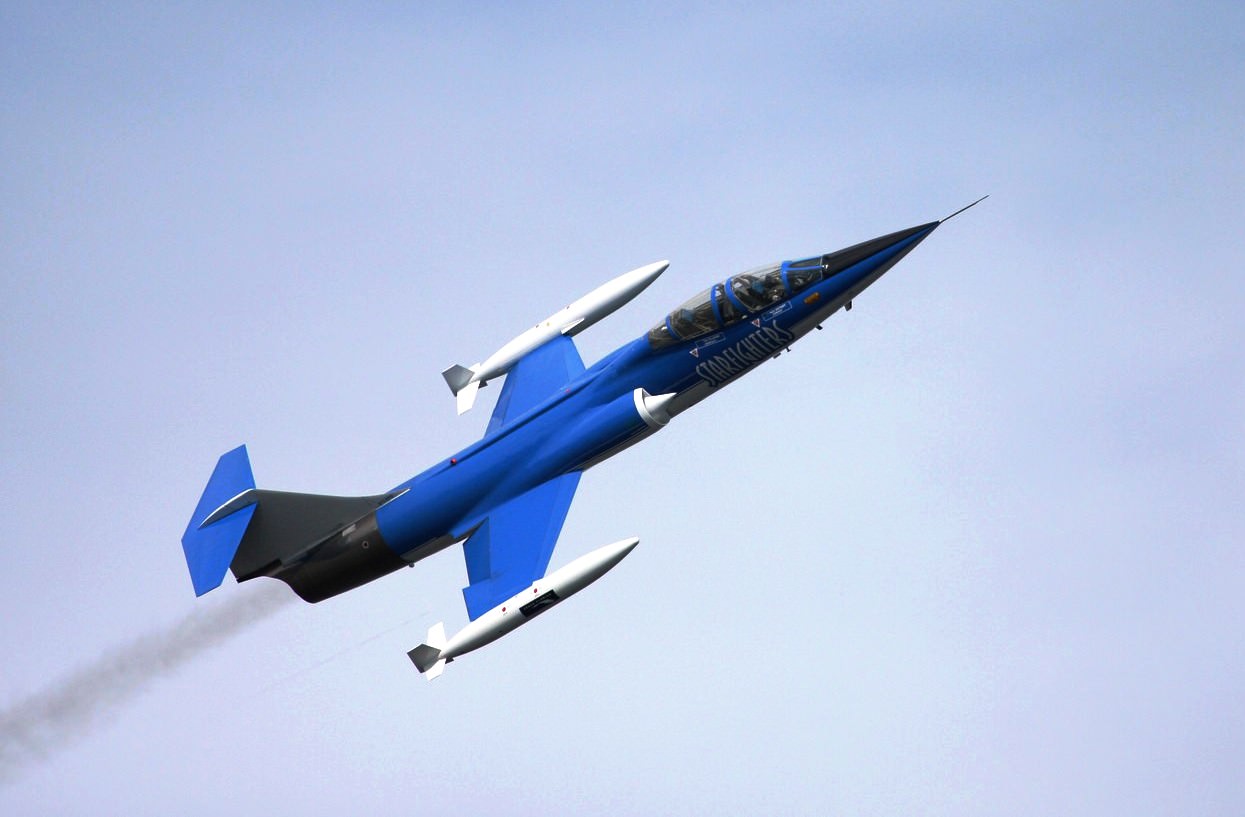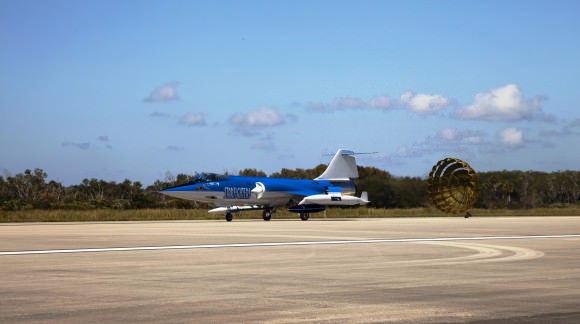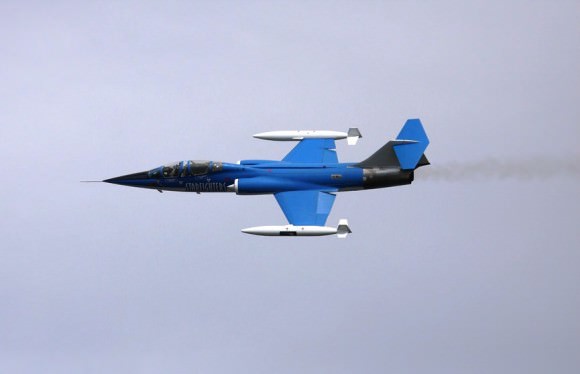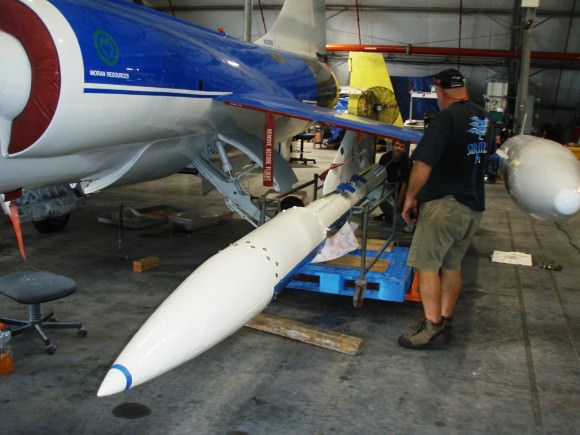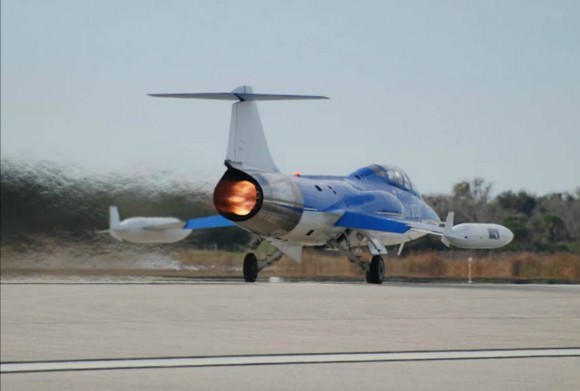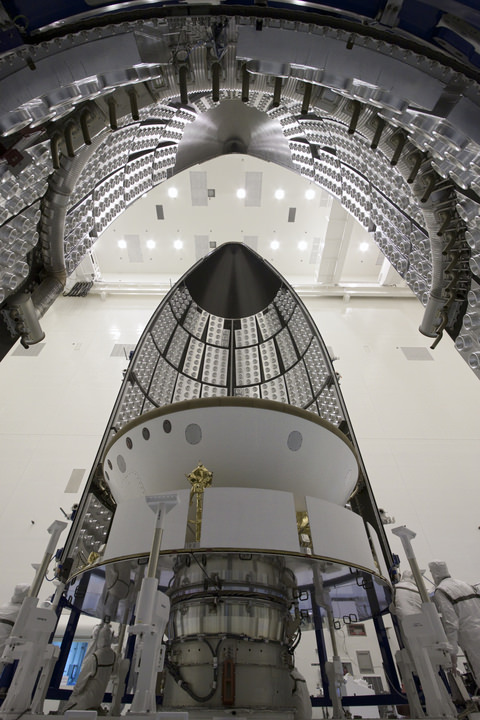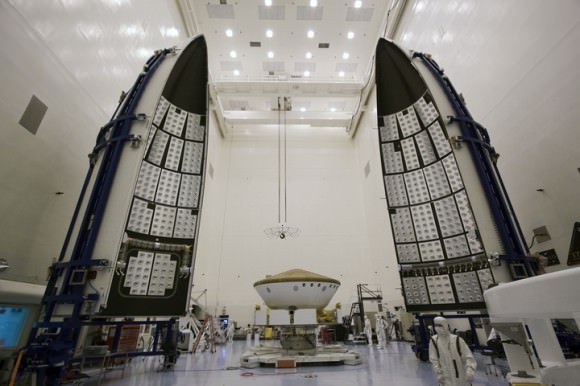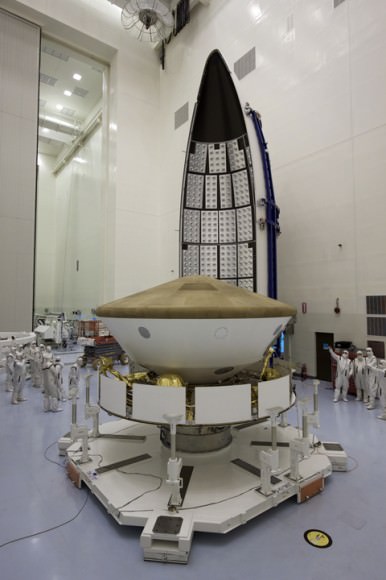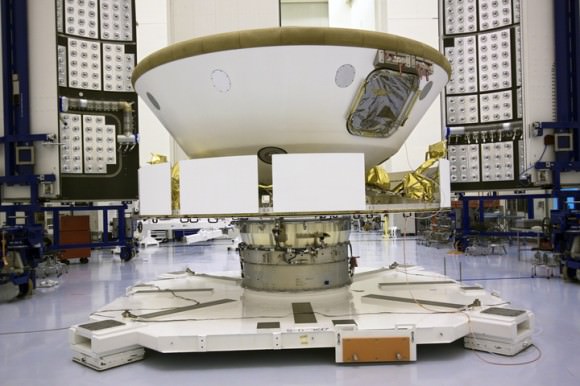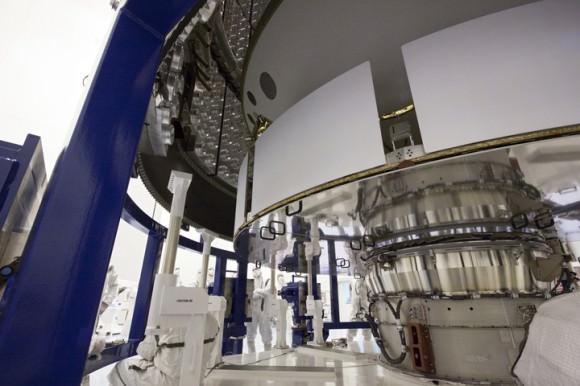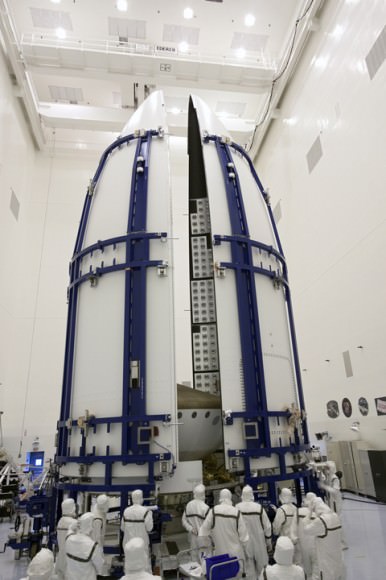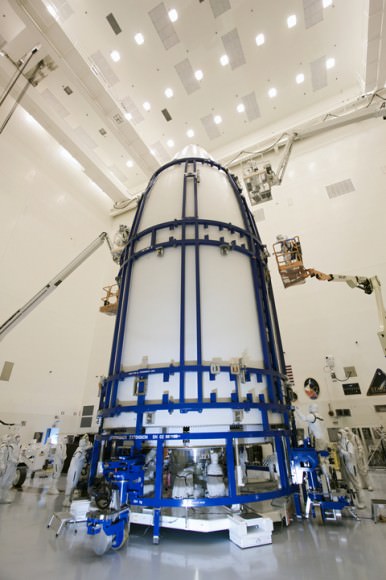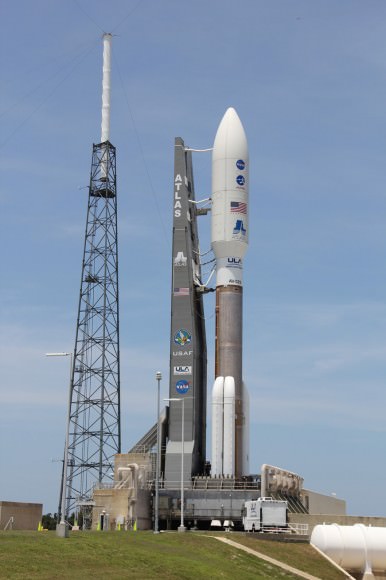[/caption]
Editor’s note: With Russian engineers trying to save the Phobos-Grunt mission, Dr. David Warmflash, principal science lead for the US team from the LIFE experiment on board the spacecraft, provides an update of the likelihood of saving the mission, while offering the intriguing prospect that their experiment could possibly be recovered, even if the mission fails.
With the latest word from Roscosmos being that the Mars moon probe, Phobos-Grunt is “not officially lost,” but yet remains trapped in low Earth orbit, people are wondering what may happen over the next several weeks. Carried into space early Wednesday morning, November 9, Moscow time, atop a Zenit 2 rocket, Grunt, Russian for “soil”, entered what is known in space exploration as a parking orbit. After the engine of the Zenit upper stage completed its burn, it separated from another stage, known as Fregat, which now still remains attached to Phobos-Grunt. Ignition of the Fregat engine was to occur twice during the first five hours in space. The first Fregat burn would have taken the spacecraft to a much higher orbit; the second burn, about 2.5 hours later would have propelled the probe on its way to Mars and its larger moon, Phobos. From this moon, a sample of soil would be scooped into a special capsule which would return to Earth for recovery in 2014.
Grunt is still in a low orbit, because neither Fregat burn occurred. While the spacecraft is believed to be in safe mode and even has maneuvered such that its orbital altitude has increased, controllers have been unable to establish contact to send new commands. If communication cannot be established, it will re-enter the atmosphere.
In addition to the sample return capsule, Grunt carries an instrument package designated to remain on the Phobosian surface, plus a Chinese probe, Yinghuo-1, designed to orbit Mars. The mission also includes the Planetary Society’s Living Interplanetary Flight Experiment (LIFE) , for which I serve as principal science lead of the US team. Carried inside the return capsule into which the Phobosian soil is to be deposited, LIFE consists of a discoid-shaped canister, a biomodule, weighing only 88 grams. Inside are 30 sample tubes carrying ten biological species, each in triplicate. Surrounded by the 30 tubes is a sample of soil with a mixed population of microorganisms, taken from the Negev desert in Israel to be analyzed by Russian microbiologists.
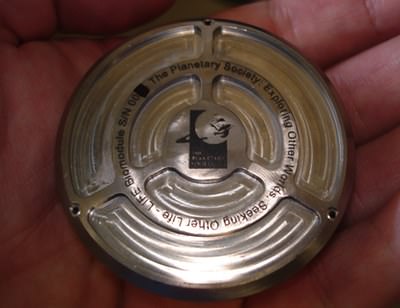
Organisms carried within the LIFE biomodule include members of all three domains of Earth life: bacteria, archaea, and eukaryota. The purpose of the experiment is to test how well the different species can endure the space environment, akin to microorganisms moving in space within a meteoroid ejected from Mars by an impact event. If organisms can remain viable within rock material that is transferred naturally from Mars to Earth, it would lend support to the Mars transpermia hypothesis –the idea that life on Earth may have began by way of a seeding event by early organisms from Mars.
We know of microorganisms that could survive the pressures and temperatures associated with the ejection itself. We also know that during atmospheric entry, only the most outer few millimeters of rocks are heated on their way to Earth; thus, anything alive in a rock’s interior at this point should still be alive when the rock hits Earth as a meteorite. If life forms also could survive the journey itself from Mars to Earth, a Martian origin for Earth’s life would be a major possibility. It also would mean that life originating on its own anywhere in the Cosmos could spread from each point of origin, thus increasing the number of living planets and moons that may exist.
Numerous studies of the survivability of many of the LIFE species have been conducted in low Earth orbit, but much of the challenge to life in space comes from highly energetic space radiation. A large portion of space radiation is trapped by a system of magnetic fields known as the Van Allen radiation belts, or the geomagnetosphere. Since very few controlled studies of microorganisms, plant seeds, and other life have been conducted beyond the Van Allen belts, which reach an altitude of about 60,000 kilometers (about 1/7th the distance to the Moon), the Planetary Society arranged to have the LIFE biomodule carried within Grunt’s return capsule.
Over last weekend, the spacecraft surprised everyone by maneuvering on its own, raising its orbit. Due to this, the estimated reentry date was moved back from late November to mid January, meaning that the LIFE biomodule will be in space for more than nine weeks. An intriguing possibility that looms as controllers consider how the mission might end is that the Grunt sample return capsule will break off from the rest of the craft intact. If this happens, it could assume the stable atmospheric entry, descent, and landing that were expected after the return from Phobos. If this happens and the capsule comes down on land, we could recover the LIFE biomodule and test the state of the organisms packaged within it. The result of yet another biological test in low orbit, it would not be the experiment of our dreams. But, amidst the loss of a mission into which so many engineers and scientists have invested their dreams, a little bit could mean a lot.


